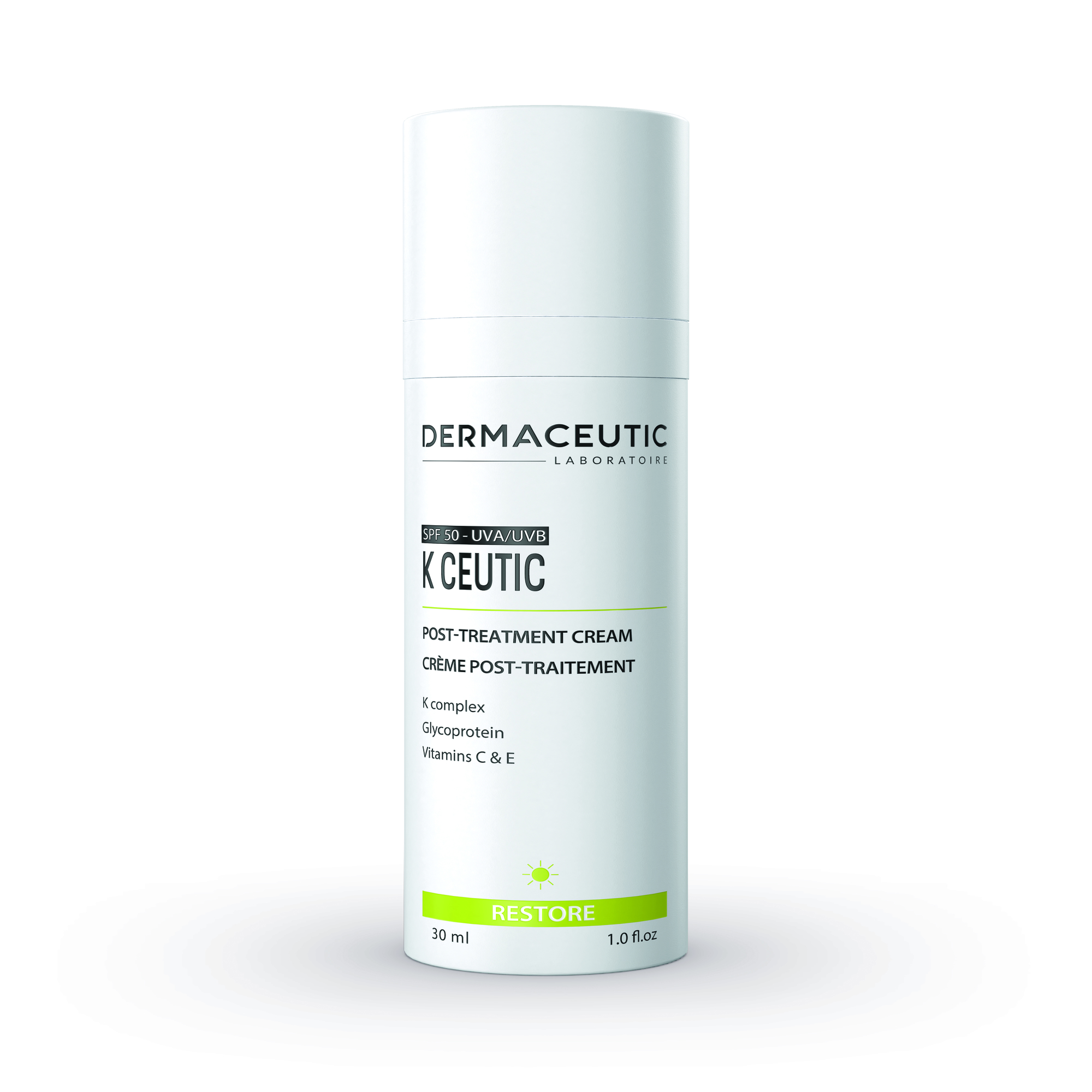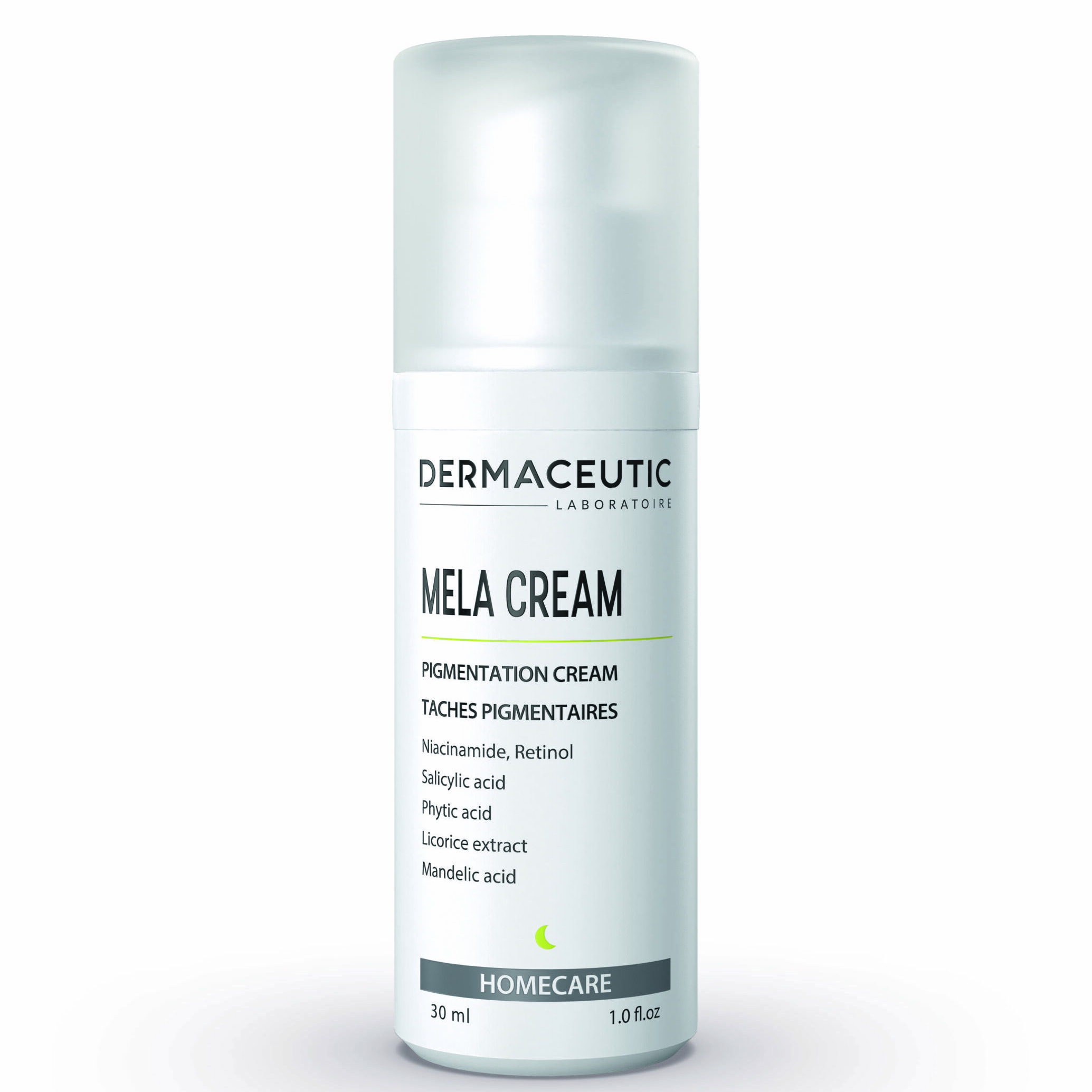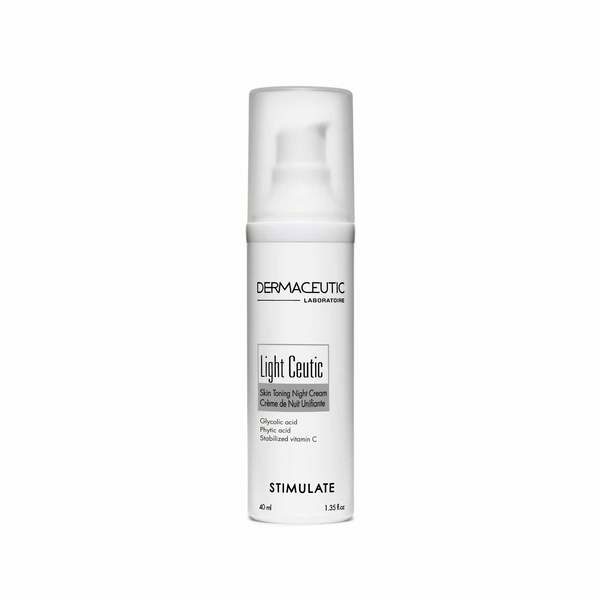Pigmentation
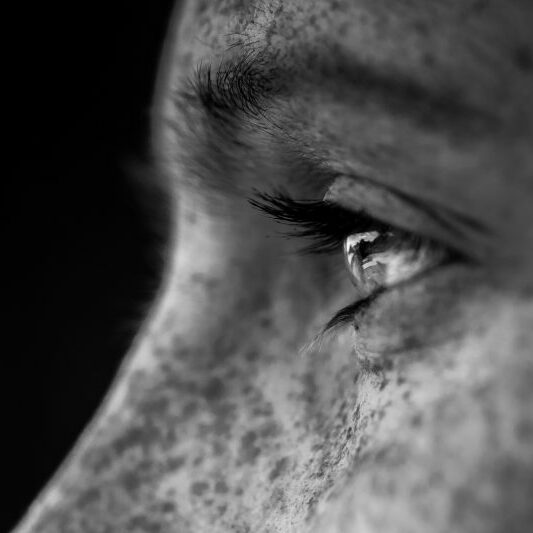
Pigmentation is one of the most common skin issues about which clients often seek my assistance. Treating pigmentation can be challenging due to its various types. Not identifying the specific type of pigmentation can result in dissatisfaction with the outcomes or, in some cases, exacerbate the pigmentation itself. Let's explore the three most prevalent types of pigmentation
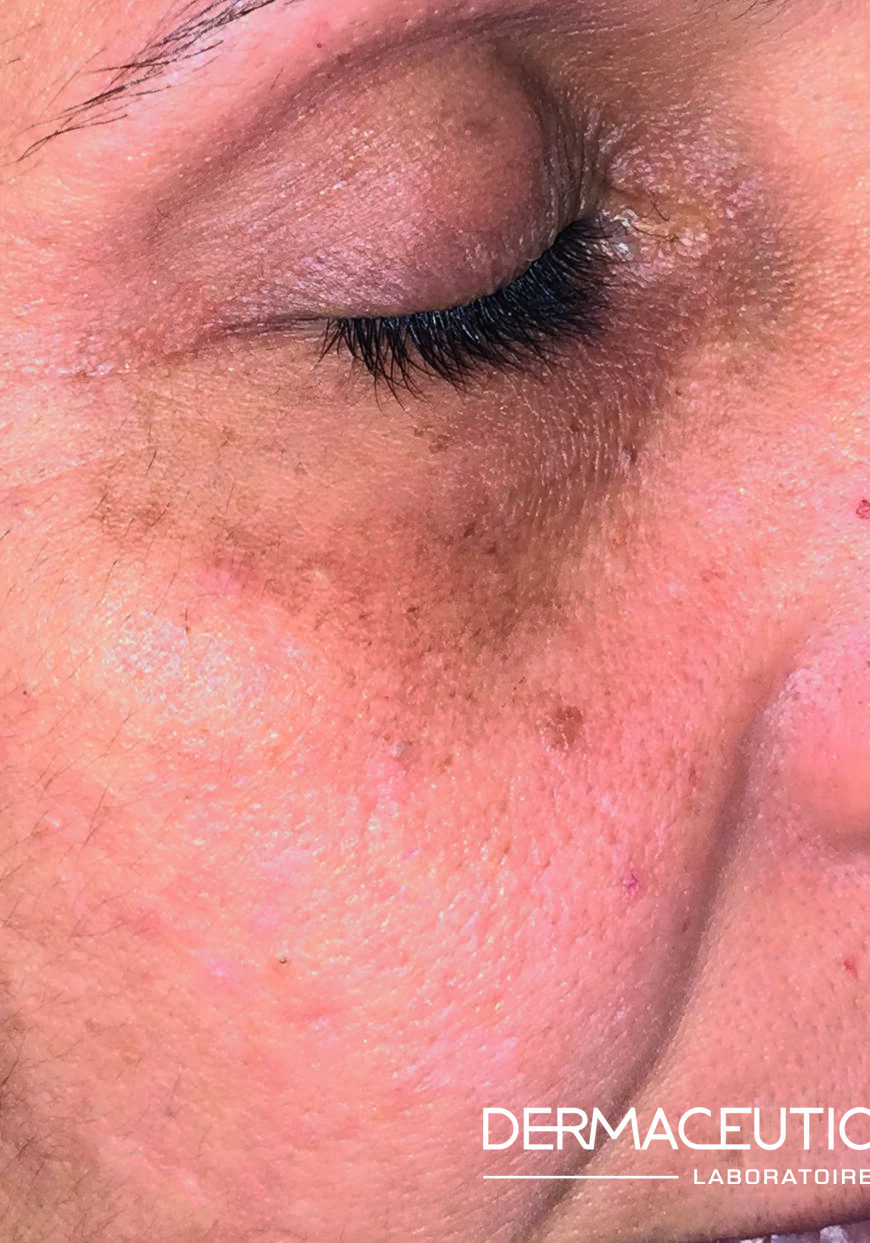
Melasma
Melasma, primarily affecting women, is a form of pigmentation triggered by hormonal influences like pregnancy and oral contraceptive pills. Unlike sun-induced pigmentation, melasma manifests as a butterfly pattern across the cheeks and nose, as well as on the forehead and upper lip.
Although not a direct result of excessive sun exposure, melasma can appear darker with increased sun exposure, lending the skin a discolored or muddy appearance. An early indicator of melasma is its symmetrical pigmentation, mirroring the same pattern on both sides of the face.
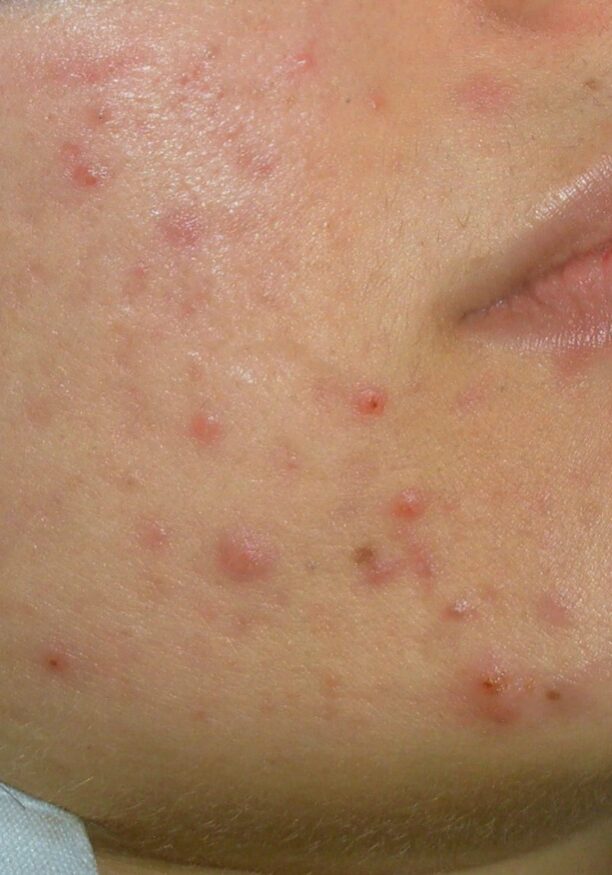
Post Inflammatory Pigmentation
Post-inflammatory hyperpigmentation (red/purple dots) is a specific type that occurs after inflammation or injury to the skin, particularly affecting individuals with darker skin types. Post Inflammatory pigmentation is common during and after acne. Bacteria in the follicles causes inflammation, resulting in pigment developing on the skin surface.

Sun Exposed Pigmentation
Freckles or sunspots are a result of UV exposure, which triggers the activation of tyrosinase in the deeper layers of the skin, leading to the development of pigment.
Skin pigmentation often stems from sun exposure, as the body produces more melanin to defend itself against UV rays from the sun. The absorption of UV rays into the skin initiates a series of steps that eventually culminate in the formation of dark pigment spots on the skin's surface. Below describes in detail.
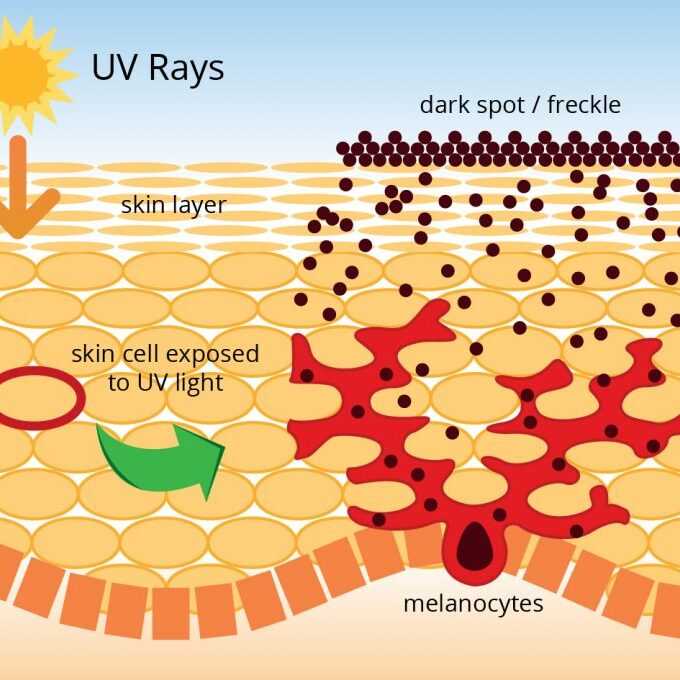
How is Pigment Formed?
When UV radiation penetrates the skin's surface, it delves into the deeper layers, where keratinocytes, the building blocks of the epidermis, are formed. As these keratinocytes mature, they ascend towards the skin's outer layer. Meanwhile, melanocytes, also situated in the deeper skin layers, play a crucial role in melanin production. When sunlight reaches the skin's surface, UV rays reach down to stimulate melanocytes, triggering the synthesis of melanin. The close proximity of keratinocytes and melanocytes during this process leads to the transfer of melanin to the keratinocytes, forming a protective "melanin cap" over them. As these melanin-covered keratinocytes migrate towards the skin surface, they manifest as dark spots, commonly recognized as pigmentation spots.
